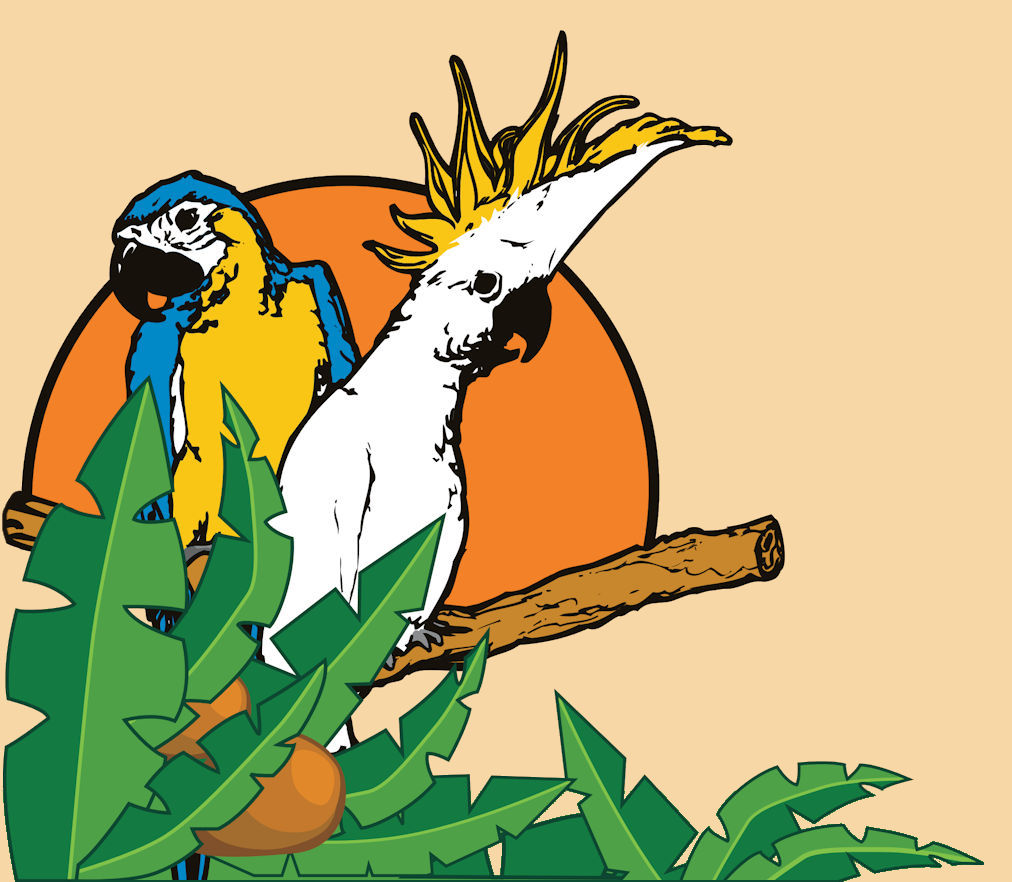Although not always known by name, many people can generally guess a caique by its playful, clown-like demeanor. These small parrots are indigenous to the forests of South America, and there are two species popular in aviculture: the White-bellied Caique and the Black-headed Caique. The two species are very similar in temperament, size, and care, and coloration.
While both types have green backs, white chests, and yellow-orange legs, there are a few obvious differences: White-bellied Caiques have beige beaks and an apricot/orange-colored head. The Black-headed Caiques have black beaks and a black head.
These parrots are high energy, and will often be seen playing on their back or wrestling with foot toys. They are also well-known for hopping and jumping to get from place to place instead of flying or walking! Caiques are favored for their personalities more-so than for their talking ability; while they may learn some words, they tend to have a better capacity for learning sounds and whistles.
Because of their excitable nature, Caiques can bite or pinch harder than intended when they are over-stimulated. Over-stimulation can be from lots of playtime or rough-housing, a busy or loud environment, and new toys or people.
On average, the lifespan of Caiques is approximately 35 years. Because they are active, a larger cage outfitted with many types of toys is best. They are not typically apartment-friendly due to their high-pitched squeals and whistling. Males and females look very similar so a DNA test should be done to guarantee gender. Like many other parrots, a pelleted diet is recommended along with fresh fruits and vegetables, which many Caiques seem to readily enjoy.
